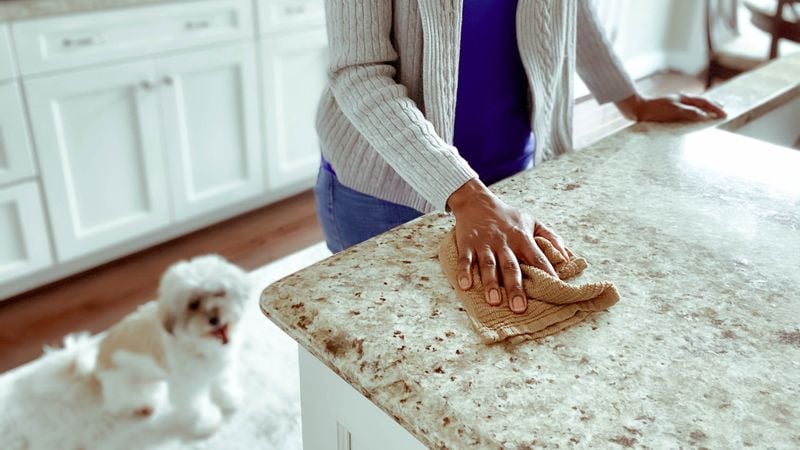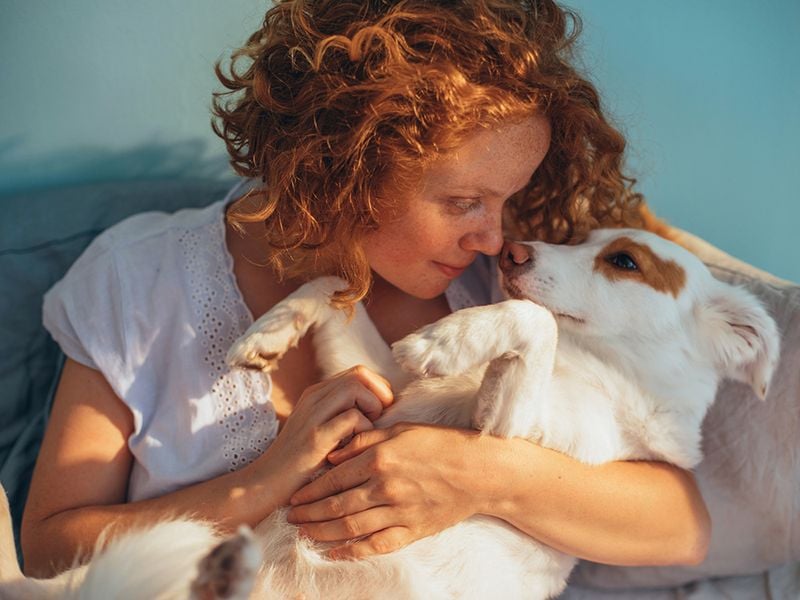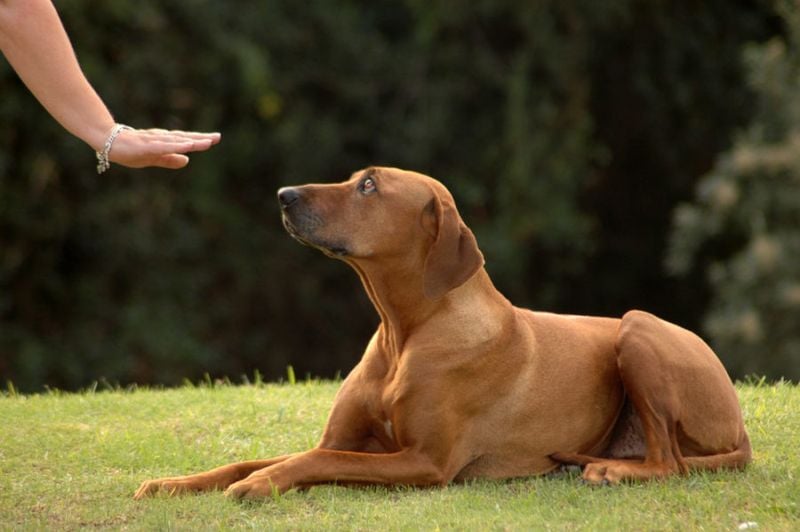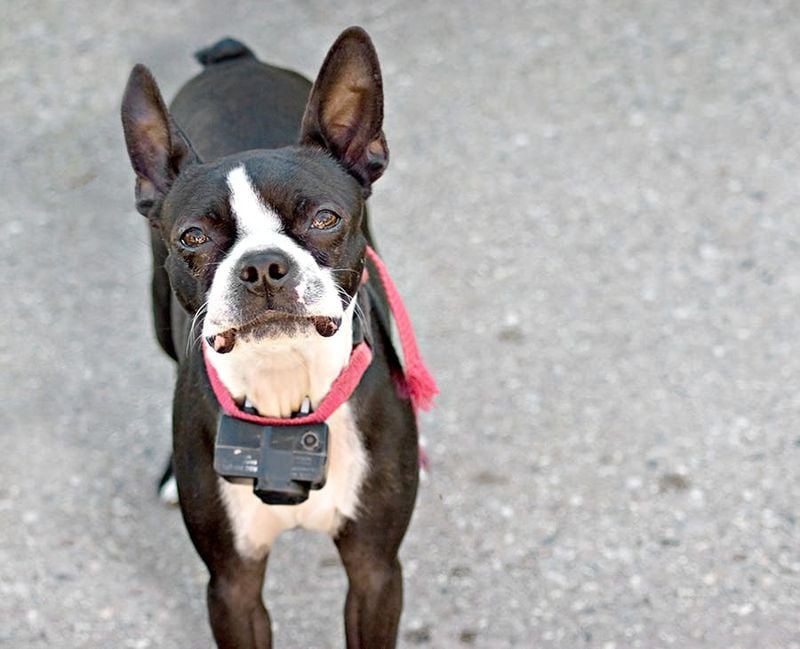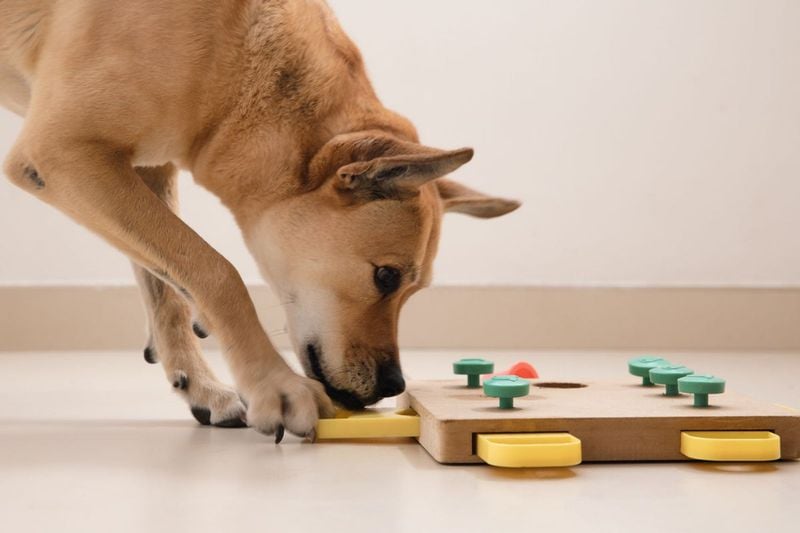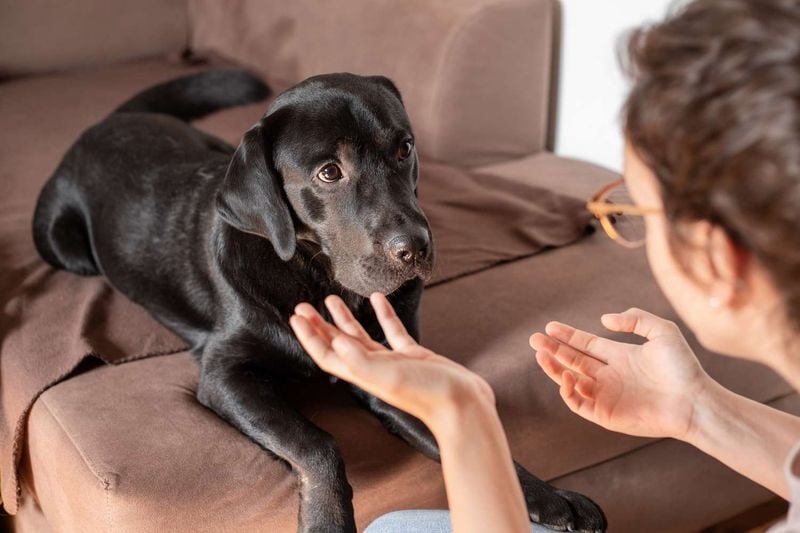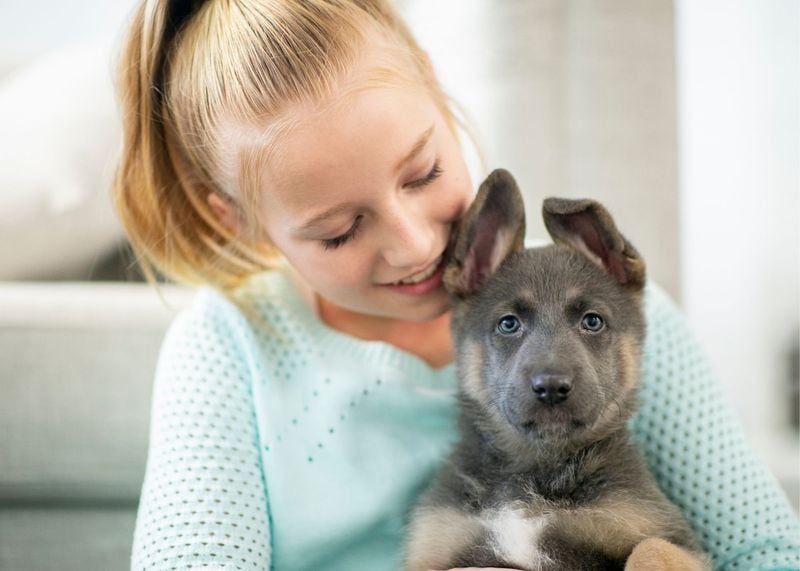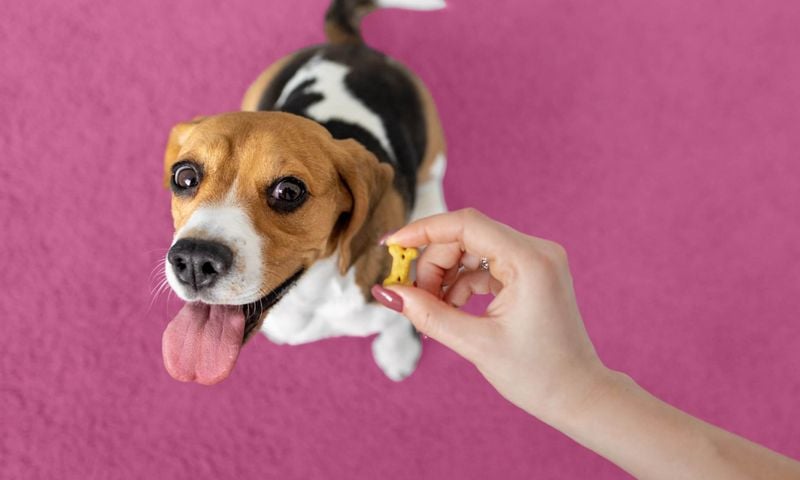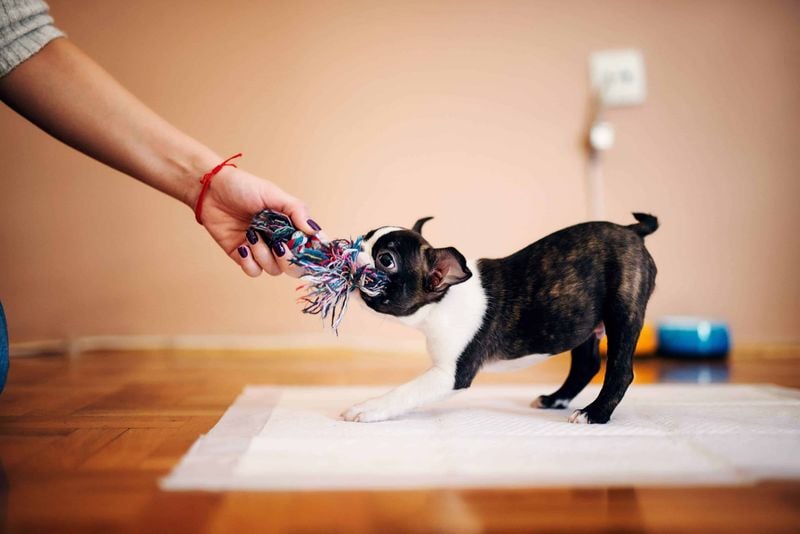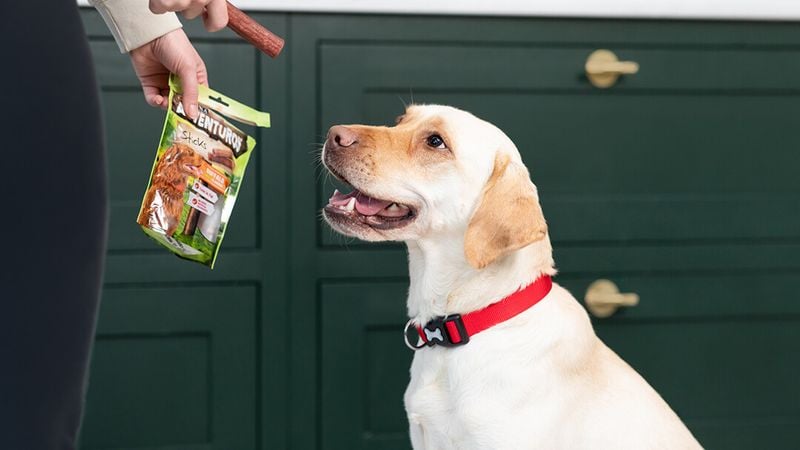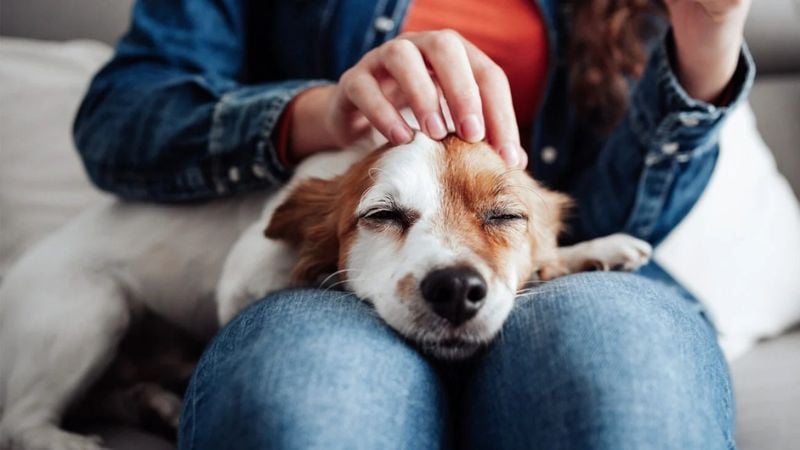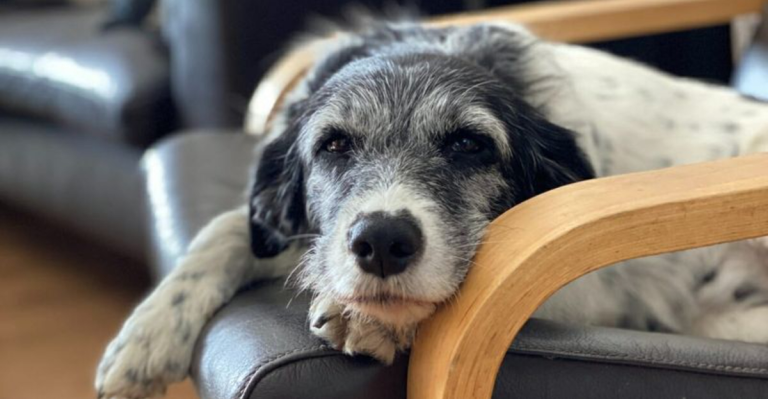17 Human Habits Your Dog Hates (And 10 That Make Them Adore You)
You may think your dog adores everything about you—but some of your everyday habits might be driving them up the wall.
Dogs are incredibly observant, and while they’re full of love, they’re also sensitive to your moods, actions, and even tone of voice. Certain behaviors that seem harmless to humans can be downright stressful for dogs.
From inconsistent routines to over-the-top affection, the things we do without thinking can affect their happiness and trust. But here’s the good news: dogs are also quick to forgive and love you even more when you get it right.
This guide will show you which habits your pup hates—and which ones make their tail wag with pure joy.
1. Yelling or Speaking in an Angry Tone
When voices rise in anger, dogs often cower in fear. They can’t understand the words, but they certainly pick up on the tone. Their sensitive ears are attuned to the nuances of voice, and harsh sounds can be frightening.
Instead of yelling, try a calm approach. Dogs respond better to gentle communication. Their trust is built on the foundation of respect and understanding.
Remember, a dog’s world is filled with sounds, and your voice should be a source of comfort, not fear.
2. Leaving Them Alone for Too Long
Loneliness can be tough for dogs, especially those with strong attachment to their humans. Imagine waiting all day for a beloved person to return, only to be met with silence. Dogs are pack animals and thrive on companionship.
Leaving them alone for extended periods can lead to anxiety and destructive behavior. If you’re away often, consider doggy daycare or a pet sitter.
Providing toys and engaging activities can also help ease their solitude. Balance is key to a happy pup.
3. Using Strong Scents Like Perfume or Cleaning Chemicals
While a fragrance might be pleasant to you, it can be overwhelming to a dog’s sensitive nose. Dogs possess a remarkable sense of smell, and strong scents can cause discomfort or even distress.
Imagine attempting to navigate a world where every aroma is a hundred times stronger. Keep their environment fresh but not overpowering.
Opt for unscented or pet-friendly products when possible, ensuring your furry friend’s comfort.
4. Not Letting Them Sniff on Walks
For a dog, walks are an adventure filled with intriguing scents. Preventing them from sniffing is akin to taking away the highlights of their journey. Dogs explore the world through their noses, gathering information with each sniff.
Allow them this joy and freedom where possible. Their walks are more than just physical exercise; they’re mental stimulation too.
Next time you’re out, give them time to sniff and explore their surroundings to their heart’s content.
5. Forcing Physical Contact (Hugging, Kissing, Dressing Up)
While some dogs enjoy physical affection, not all appreciate being hugged or dressed up. Imagine being overwhelmed with touches you didn’t ask for. It’s vital to understand each dog’s comfort level.
Certain breeds tolerate physical affection better, while others prefer personal space. Always observe their body language for cues.
Respect their boundaries and provide affection in ways they enjoy, ensuring they feel loved, not smothered.
6. Inconsistent Rules and Training
Consistency is crucial in a dog’s training. Mixed signals from owners can confuse them, making it hard to follow rules. Imagine trying to follow directions only to have them change constantly.
Dogs thrive on routine and clear guidelines. Consistent training helps them understand expectations and fosters a sense of security.
Ensure everyone in the household is on the same page with commands and rules, creating a harmonious environment for your pet.
7. Ignoring Their Body Language
Dogs communicate through body language, and ignoring these signals can lead to misunderstandings. Imagine feeling anxious and being unable to express it. Observing their cues helps you understand their needs and emotions.
Signs like flattened ears or tucked tails indicate discomfort, while wagging tails and relaxed posture show happiness.
Being attentive to these signals can strengthen your bond and ensure your dog feels understood and secure.
8. Using Harsh Training Tools (Shock Collars, Prong Collars)
Harsh training tools can cause more harm than good. While they might temporarily stop unwanted behavior, they often instill fear and anxiety. Imagine being punished without understanding why.
Positive reinforcement is a more effective and humane approach. Rewarding good behavior encourages dogs to learn and repeat those actions willingly.
Creating a safe, loving training environment fosters a trusting relationship between you and your pet.
9. Staring Directly into Their Eyes
In the human world, eye contact is often a sign of connection, but for dogs, it can be intimidating. Direct staring might be perceived as a challenge or threat.
Imagine someone invading your personal space uncomfortably. Dogs are more at ease with soft, relaxed glances.
Understanding their comfort levels can prevent misunderstandings, allowing for a more peaceful coexistence.
10. Punishing Them After the Fact
Delayed punishment doesn’t help dogs understand their mistakes. Once the moment has passed, they don’t connect the punishment with the actual behavior.
Imagine being scolded for something you can’t recall doing. Immediate and appropriate feedback is essential for effective training.
Focus on guiding them towards desired behaviors with patience and understanding, rather than post-incident punishment.
11. Skipping Mental Stimulation
Mental stimulation is as crucial as physical exercise for dogs. A bored mind can lead to destructive behavior as dogs seek out ways to entertain themselves.
Imagine having nothing to engage your curiosity or intelligence. Enrichment activities, like puzzle toys or training games, keep their minds sharp.
Regularly incorporating these activities into your routine ensures a happy, fulfilled pet.
12. Playing Music or TV Too Loud
Loud noises can be unsettling for dogs, whose hearing is far more sensitive than ours. Imagine a constant barrage of overwhelming sounds.
Excessive volume can cause stress and anxiety, particularly during thunderstorms or fireworks. Consider keeping the noise level moderate.
Creating a calm environment makes your home a safe haven for your furry friend.
13. Pulling Them on the Leash
Leash pulling can be frustrating for both you and your dog. Walking should be a shared experience, not a power struggle.
Imagine being constantly yanked in different directions. Gentle guidance fosters better walking habits and strengthens the bond between you.
Patience and positive reinforcement during walks make them enjoyable for both parties.
14. Taking Away Food While They’re Eating
Food is sacred to dogs, a moment they look forward to daily. Having it taken away mid-meal can cause anxiety and food aggression.
Imagine dining peacefully only for your plate to be whisked away unexpectedly.
Establishing trust around meal times ensures they feel secure and happy, associating you with positive experiences.
15. Teasing Them for Entertainment
While playful interaction is healthy, teasing can lead to confusion or anxiety. Dogs don’t understand jokes or pranks, and repeated teasing can affect their trust.
Imagine being the butt of a joke you don’t get. Instead, engage them in activities they enjoy, fostering a positive relationship.
Understanding boundaries makes playtime enjoyable and stress-free for your furry friend.
16. Introducing New People or Pets Without Warning
Introducing new faces or animals abruptly can unsettle your dog. They thrive on familiarity and routine, so sudden changes can be stressful.
Imagine strangers appearing in your space unexpectedly. Gradual introductions, allowing them to adjust at their own pace, make transitions smoother.
Respecting their comfort ensures everyone coexists harmoniously.
17. Changing Their Routine Frequently
Dogs find comfort in routine, and frequent changes can cause confusion and anxiety. Imagine never knowing when your next meal or walk will happen.
Consistency in daily activities provides a sense of security and predictability.
Try to maintain stable schedules, adapting only when necessary, to keep your pet content and relaxed.
18. Speaking in a Gentle, Positive Voice
A gentle voice can soothe and reassure your dog, making them feel loved and safe. Imagine the comfort of a soft, familiar tone.
Dogs associate positive vocal tones with affection and approval, which strengthens your bond.
Using a calm, encouraging voice reassures them, promoting a trusting and harmonious relationship.
19. Sticking to a Consistent Routine
Consistency offers comfort and predictability to dogs, who thrive on regular patterns. Imagine having a reliable schedule that you can count on.
A stable routine for meals, walks, and playtime builds trust and security.
Sticking to this consistency ensures your furry friend feels settled and loved, knowing what to expect each day.
20. Giving Praise and Treats for Good Behavior
Positive reinforcement encourages dogs to repeat desired behaviors. Imagine the joy of being acknowledged for your efforts.
Praising and rewarding your dog for good behavior strengthens their understanding of what makes you happy.
This approach fosters a cooperative relationship, motivating them through kindness rather than fear.
21. Making Eye Contact with Soft, Relaxed Eyes
Gentle eye contact can convey affection and trust to your dog. Imagine a look that says ‘I understand you’.
Soft, relaxed eyes are non-threatening and reassuring, fostering a deeper connection.
This simple act can strengthen your bond, making your dog feel seen and loved.
22. Letting Them Sniff and Explore on Walks
Exploration is an essential part of a dog’s walk, offering mental stimulation. Imagine experiencing the world through an array of intriguing scents.
Allowing your dog to sniff to their heart’s content enriches their daily adventures.
This freedom caters to their natural instincts and adds joy to their lives.
23. Petting Them Where They Like It Most
Dogs have favorite spots for affection, much like people. Imagine the comfort of a tailored touch.
Understanding where your dog enjoys petting fosters a strong bond.
Whether it’s a belly rub or a chin scratch, offering affection in preferred spots makes them feel cherished and understood.
24. Playing Their Favorite Games (Fetch, Tug, etc.)
Playtime is an opportunity to bond and burn off energy. Imagine the thrill of engaging in your favorite activity with someone you love.
Games like fetch or tug-of-war cater to a dog’s playful nature.
Sharing these moments strengthens your connection and boosts their happiness, one game at a time.
25. Training with Positive Reinforcement
Training with kindness and rewards encourages dogs to learn willingly. Imagine being motivated by encouragement and treats.
Positive reinforcement transforms training into a fun and rewarding experience.
This method creates a cooperative and joyful atmosphere for both you and your furry friend.
26. Providing Them with a Safe, Cozy Space
A cozy space is a sanctuary for your dog, offering safety and relaxation. Imagine having a personal retreat to unwind in.
Providing a comfortable area where they feel secure enhances their wellbeing.
This space becomes a haven, reflecting your love and care, ensuring they feel at home.
27. Just Spending Calm, Present Time Together
Sometimes, simply being present together strengthens the bond with your dog. Imagine the joy of shared, peaceful moments.
No need for words or actions, just the comfort of companionship.
Being there for each other in calmness fosters a deep, unspoken connection, enriching your relationship.



